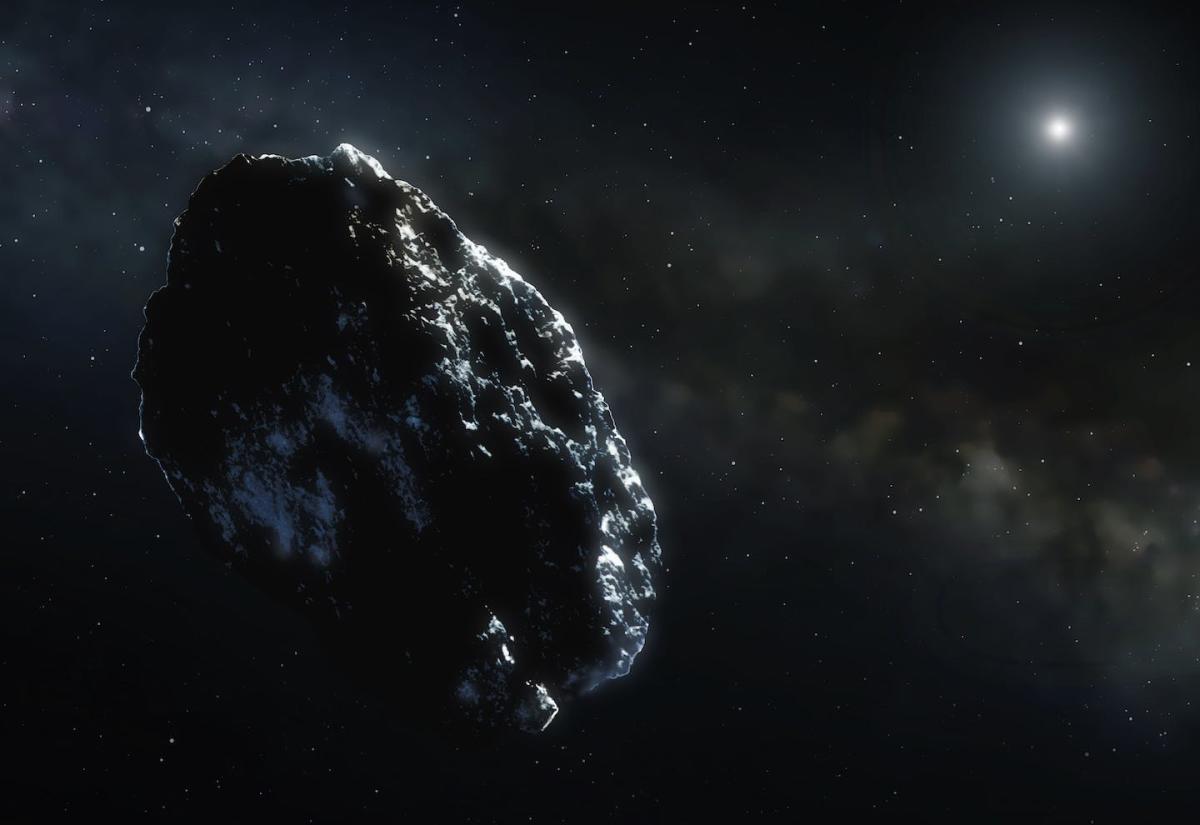The Quest for Superheavy Elements: Exploring the Island of Stability
For centuries, the pursuit of new elements has been a driving force in scientific disciplines. The understanding of atomic structure and advancements in nuclear science have allowed scientists to achieve the age-old ambition of alchemists – transforming one element into another.
In recent decades, researchers in the United States, Germany, and Russia have discovered techniques to merge atomic nuclei and create new superheavy elements. However, these heavy elements are typically unstable. Due to their higher number of protons, some reaching up to 118, the repulsive electromagnetic forces between the protons overpower the attractive nuclear force that holds the nucleus together.
Scientists have long predicted the existence of a relatively stable configuration of elements with around 164 protons, known as the “island of stability.” This hypothetical region is characterized by a strong enough attractive nuclear force to balance out the repulsive forces.
Given the challenge of synthesizing heavy elements in the laboratory, physicists have expanded their search beyond Earth, exploring various natural processes that may yield these rare elements. To narrow down potential sources, knowledge of their properties, such as mass densities, is crucial.
Calculating Density
My research team aimed to determine the mass density of superheavy elements, which could provide insights into their atomic behavior and potential hiding places. We utilized a model representing each heavy element as a charged cloud, particularly suitable for large lattice-structured metal atoms.
The model was initially tested using known density values, and its accuracy was confirmed. Subsequently, we applied it to elements with 164 protons and other elements within the island of stability to calculate their densities.
Our calculations suggest that stable metals with atomic numbers around 164 may have densities ranging from 36 to 68 g/cm3 (21 to 39 oz/in3). However, given our conservative assumptions regarding the mass of atomic nuclei, there is a possibility that the actual range could be up to 40% higher.
Asteroids and Heavy Elements
Many scientists theorize that gold and other heavy metals were deposited on Earth’s surface through asteroid collisions. Similarly, supermassive dense elements sink into the ground and are eliminated from the near-surface regions through tectonic plate subduction. While superheavy elements may not be found on Earth’s surface, they could still exist within asteroids that brought them to our planet.
Asteroids with mass densities surpassing that of osmium (22.59 g/cm3, 13.06 oz/in3), the densest Earthly element, have been estimated to exist. One example is asteroid 33, referred to as Polyhymnia, with a calculated density of 75.3 g/cm3 (43.5 oz/in3). Nevertheless, measuring the mass and volume of distant asteroids poses significant challenges, making the accuracy of density calculations uncertain.
Polyhymnia represents just one among a class of superdense objects, including asteroids, potentially containing superheavy elements. In a study published in the European Physical Journal Plus in October 2023, my team introduced the term “Compact Ultradense Objects” (CUDOs) for this category. We proposed that some CUDOs orbiting the solar system might still retain dense heavy elements within their cores, while their surfaces accumulate normal matter over time, appearing normal to distant observers.
So how are these heavy elements produced? Extreme astronomical events like double star mergers could generate the necessary heat and density to develop stable superheavy elements. These materials may then reside within asteroids formed during such events and remain encapsulated for billions of years, continuously orbiting the solar system.
Looking to the Future
The European Space Agency’s Gaia mission aims to create an extensive, precise three-dimensional map of celestial objects. Researchers can leverage this data to study asteroid trajectories and identify candidates with unusually high densities.
Space missions are already underway to collect material from asteroid surfaces for analysis back on Earth. Both NASA and the Japanese space agency JAXA have successfully retrieved samples from low-density near-Earth asteroids. NASA’s recent OSIRIS-REx mission brought back a sample, and although analysis is still in progress, there is a slim chance it may contain dust particles harboring superheavy elements accumulated over billions of years.
Furthermore, NASA’s Psyche mission, launched in October 2023, will investigate a metal-rich asteroid with a higher probability of containing superheavy elements. More asteroid missions of this nature will enhance scientists’ understanding of solar system objects and their properties.
Studying asteroids and exploring potential sources of superheavy elements will continue the centuries-long quest to decipher the composition of the universe and gain insights into the formation of objects within our solar system.
Evan LaForge, an undergraduate student studying physics and mathematics, is the lead author of this research and contributed to the writing of this article, alongside physics graduate student Will Price.
This article was originally published on The Conversation, an independent nonprofit news site that shares ideas from academic experts. Subscribe to their weekly newsletter for more fascinating articles.


